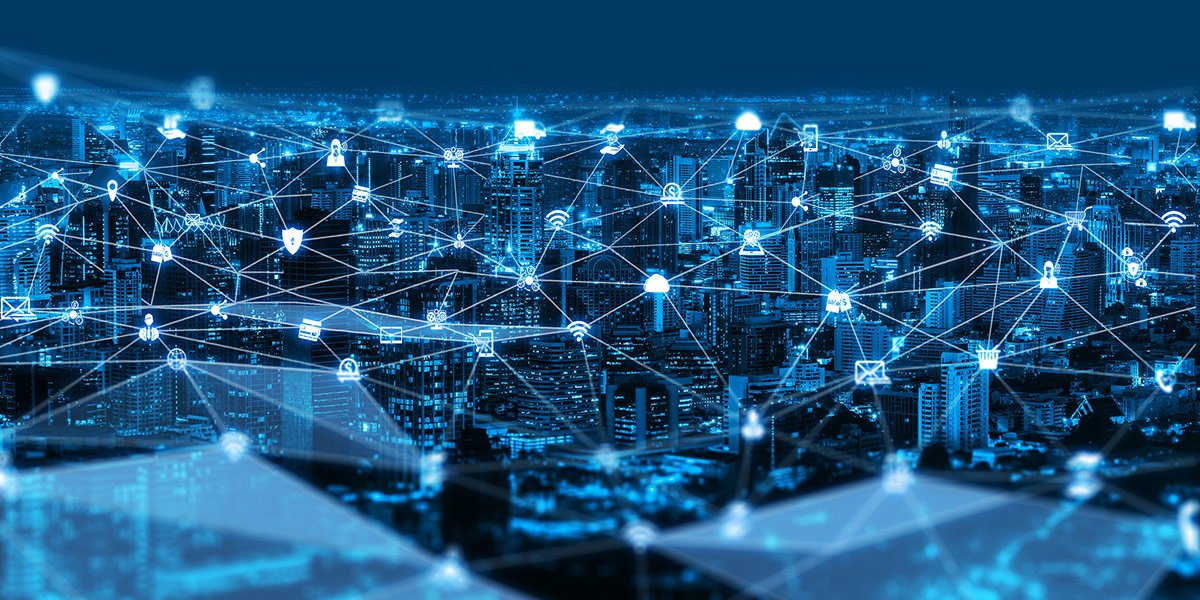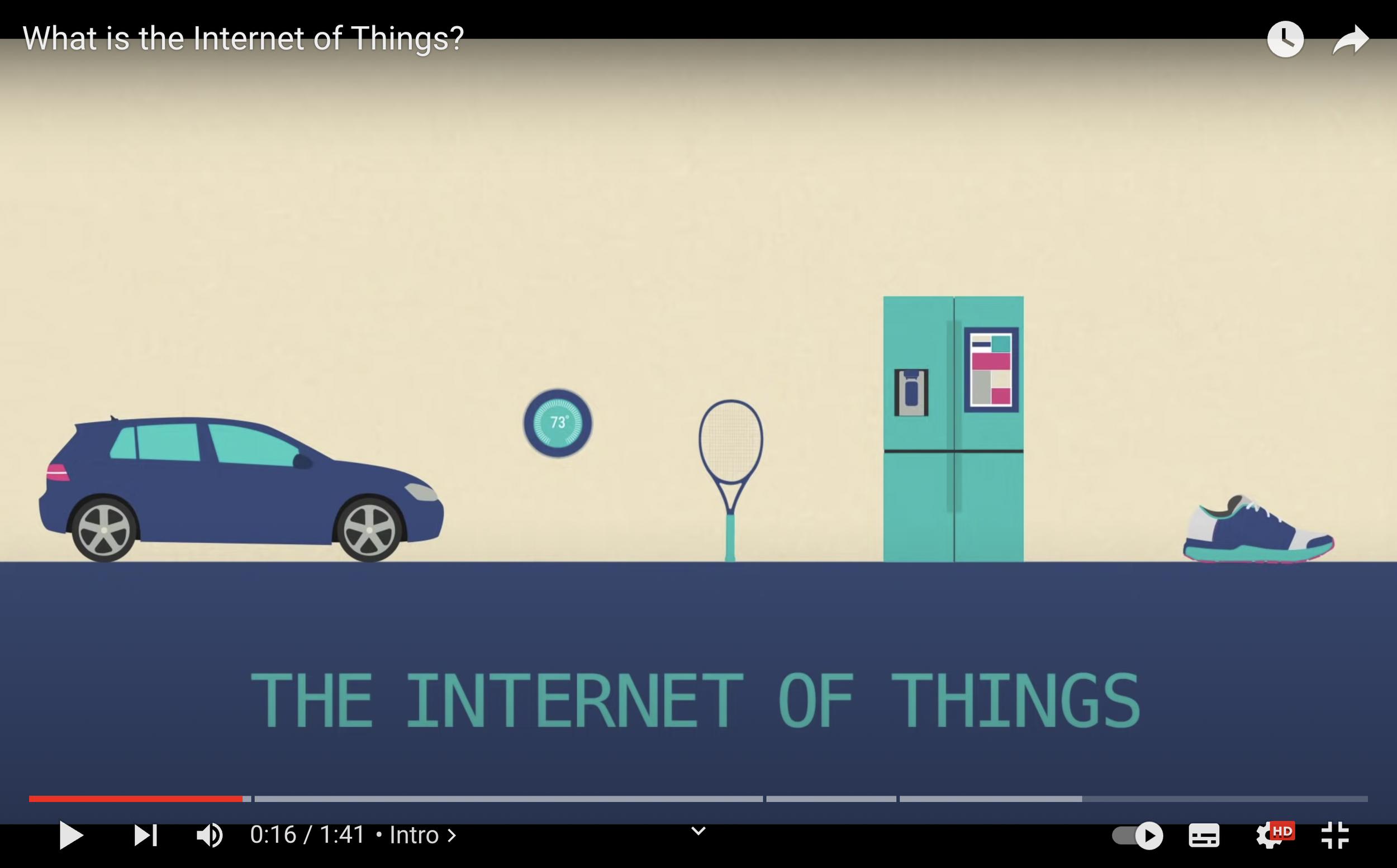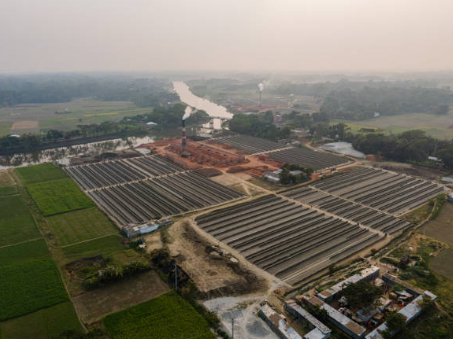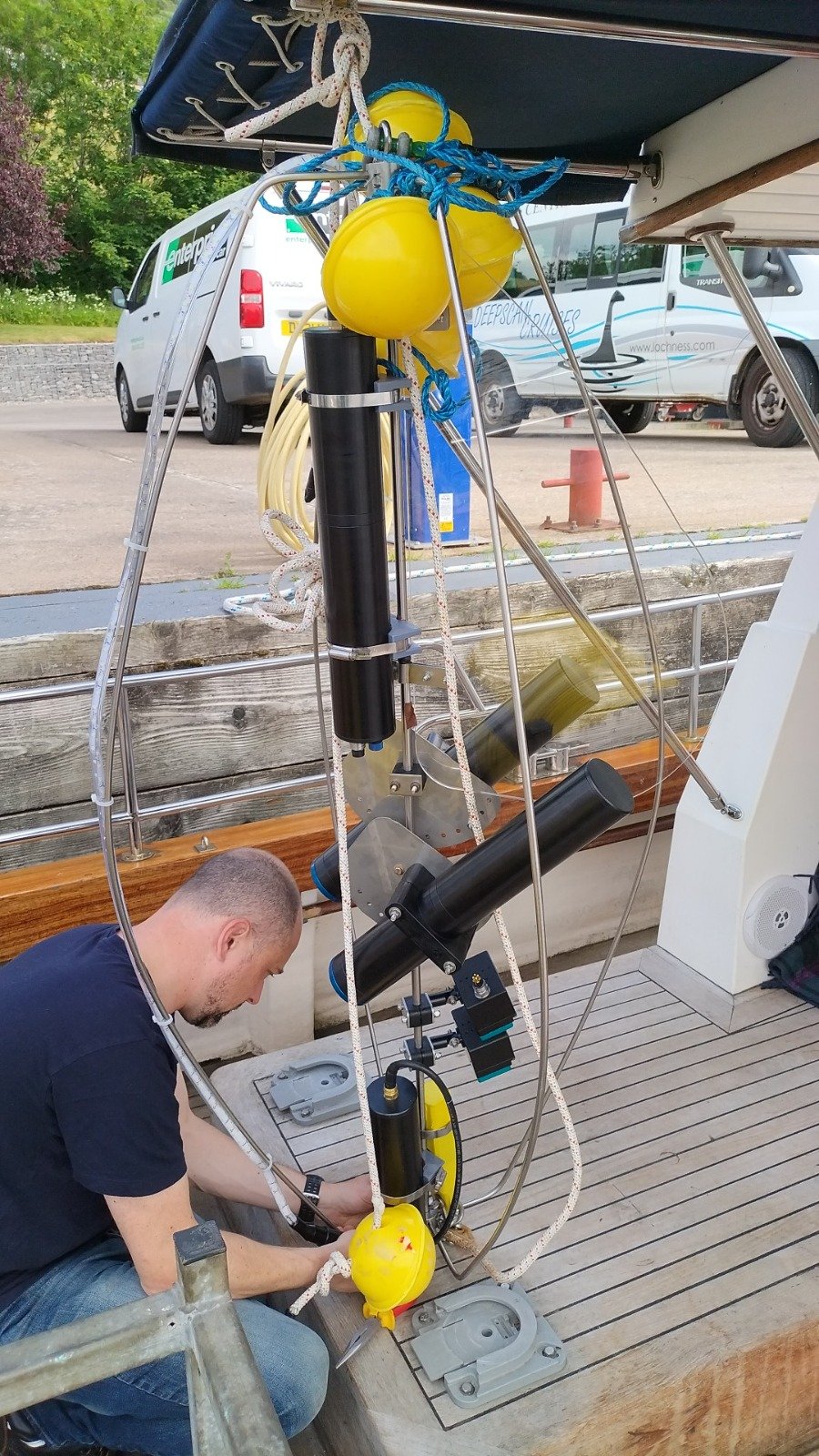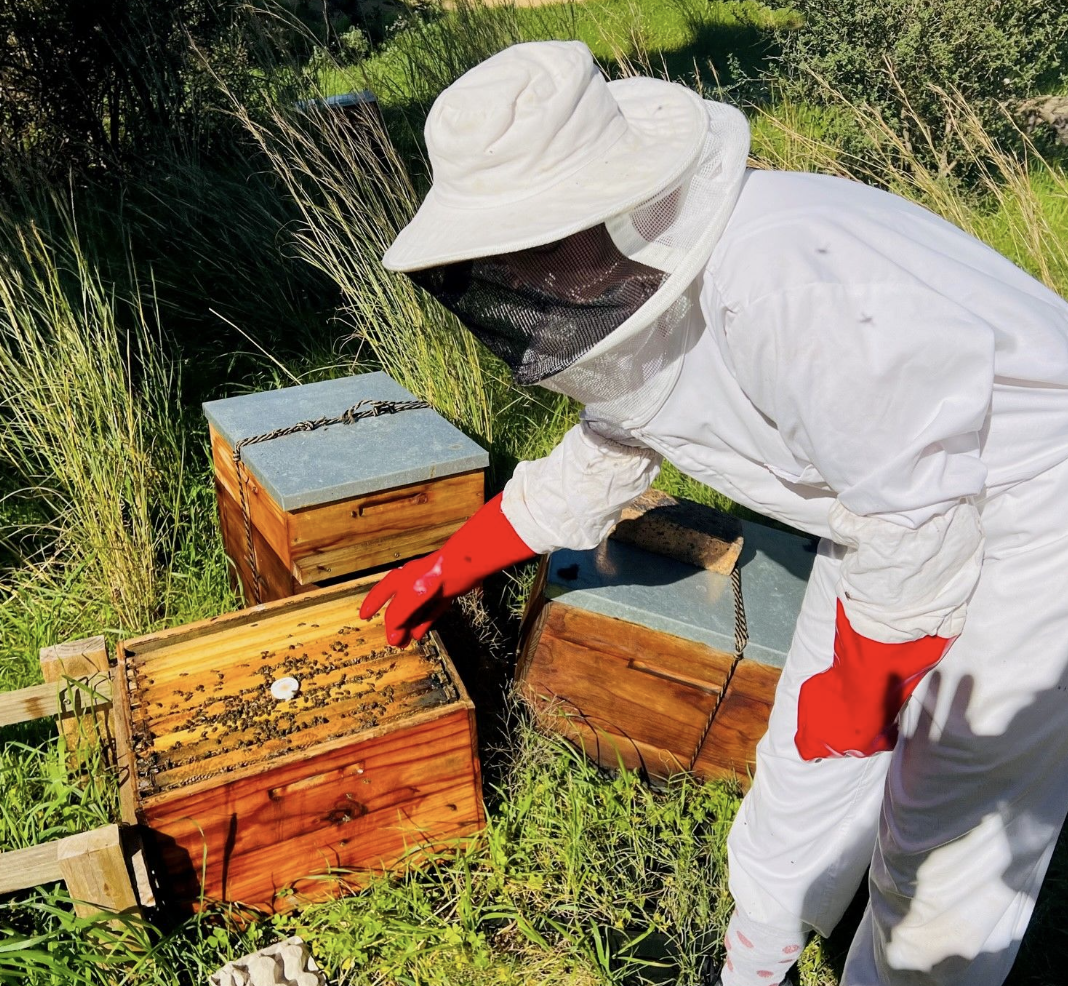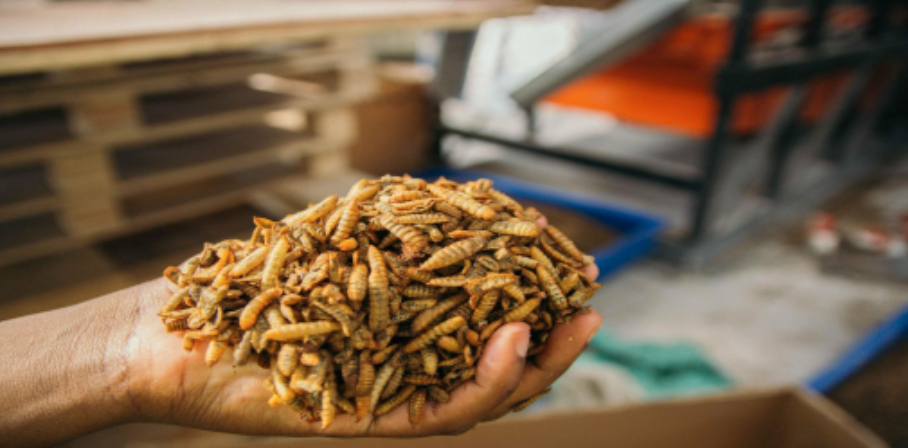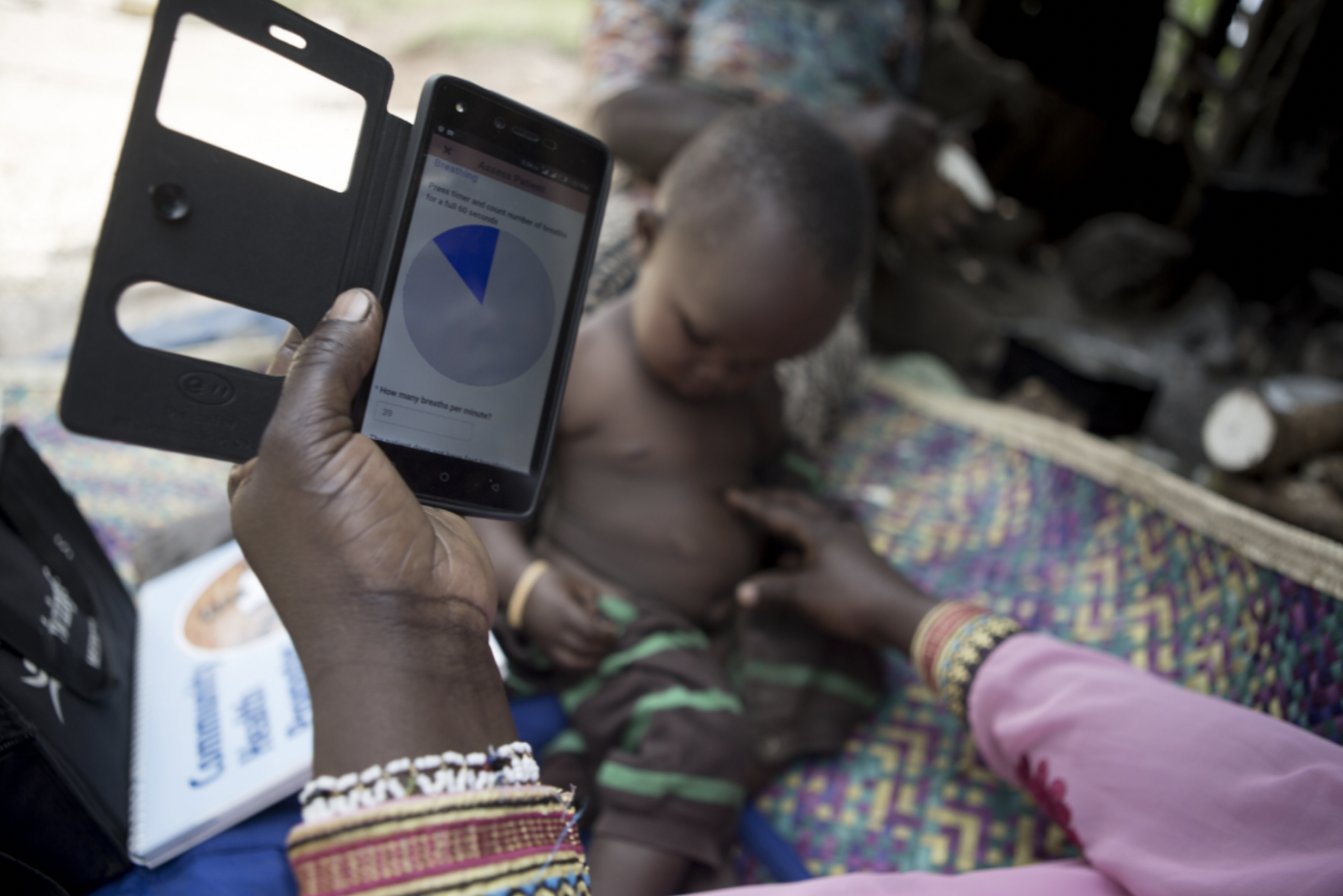Internet of Things (IoT)
The Internet of Things is a fast growing network of devices, objects and spaces all connected to the internet. The IoT enables objects to collect, share and act according to data.
On this page you’ll learn about the IoT in five quick sections. Here’s a rundown of what to expect👇🏽
-
We’ll start off with just enough information to help you demystify IoT: you’ll get a short introduction to the IoT and we will debunk three common myths about it!
-
Here we’ll answer five questions you might be asking about the IoT and define six important buzzwords so that you can start using them in conversation!
-
What can the IoT actually be used for? The applications are almost limitless and are probably already visible in your daily life!
In this section, we’ll give you some concrete examples to explore. You’ll see that the IoT could help overcome today’s development challenges!
Once you’ve explored some applications of sensors, jump into stories from our pilot portfolio, where they’re testing IoT in the field.
-
Evidence is at the heart of the Frontier Tech Hub, and we’ve collated insights from our portfolio and thought leadership from FCDO Pioneers in this section. Dig into our research to look deeper at how the IoT can be used within FCDO programmes.
-
More resources, however you like to consume. We’ve created a playlist of podcasts, reports, articles and videos to continue your journey learning about IoT. There’s something for everyone.
Myths
You already know more about the IoT thank you think! You probably already use IoT devices on a daily basis. Devices like smart speakers are connected to the IoT, but the IoT is not just found at home…
IoT tech has led to the advent of smart cities, which apply the IoT to improve city life and manage resources effectively moment-to-moment. For example, by using sensors to collect data about traffic in cities the IoT could act to manage road traffic flow and public transport availability. It could also help communicate with citizens to support their travel planning.
The IoT is not just for citizens, it can have big impacts on industry too. The Industrial IoT (IIoT), uses an interconnected network of sensors and digital devices in manufacturing and commercial settings to increase efficiency. Analysts predict there will be as many as 36.8 billion IIoT connections by 2025, up from 17.7 billion in 2020. This is the basis of the emerging Industry 4.0.
The IoT is a diverse frontier technology with many potential applications! The Frontier Tech Hub has already helped FCDO advisors test IoT solutions in different contexts, and it only takes a little learning to see the potential for the Internet of Things in the world of development.
3 Common Myths about the IoT
Myth 1: All IoT devices are connected to the internet.
🔗 While IoT devices are interconnected, Adrian Sanabria of Thinkst Applied Research points out that many don’t need to connect to the internet. Think of your own wireless headphones which are only connected to your smartphone by bluetooth!
Myth 2: Smartphones are central to the IoT.
⚡ Our phones are highly connected and can communicate with or monitor other connected devices and changes in their environment. However, they are only one component of the landscape of the IoT which contains many other smart devices. Our phones’ reliance on battery power and signal actually limit their contribution to the IoT .
Myth 3: Devices connect to the IoT are unsafe.
⚠️ High-profile hacks of private IoT devices have led to privacy concerns and there are risks associated with the IoT - as with all technologies. However, as the IoT matures solutions are emerging, such as encryption and updated regulation, to reduce vulnerabilities and set new security standards.
Questions and Buzzwords
-
No, in fact it’s not possible to login directly to the IoT. The IoT is the network of digital devices capable of connecting and exchanging data with other devices. IoT-enabled objects are designed to: collect and transmit information, receive information and act upon it, or both. Whilst you might have passwords or accounts connected to some of your devices the IoT is not something you directly access.
-
While a lot of devices we own are now connected to the IoT, they play just one small part. The possibility to apply the IoT across society are endless!
For example, in the agricultural sector, the IoT could be used to support effective irrigation. Watering crops requires a lot of attention, time and labour, but by placing sensors in the soil, which collect and share data about the moistness of the soil, this process can be automated. By also monitoring the weather an irrigation system could be further refined.
-
Increasing agility and efficiency of industrial processes are key motivations to apply the IoT in business. This more access to real-time data about their processes and internal systems they can better identify where efficiency could be increased and anticipate problems.
-
Opting out would be a challenge to achieve as the IoT is increasing pervasive in society. However, you can reduce when you directly connect and how much of your data is gathered by reducing the number of smart devices you use.
As smart spaces, like cities, emerge in greater numbers it will be increasingly difficult not to engage with the IoT.
FAQs
Master 6 key buzzwords
Three last things before we move on
📺 What is the IoT and how does it work?
Watch this short video to gain an overview of what the IoT is and how it works (4 minute watch)
📘 IoT Security First Principles
Explores security and privacy concerns associated with the IoT and generates guiding principles for the emerging IoT to protect users (Short read)
🎧 Back to basics: what is IoT?
This podcast episode by IoT insider explores the basic principles of the IoT and gives a good audio introduction to the topic (20 minute listen)
Functionality
What is possible using IoT?
Three last things before we move on
📺 What is the IoT and why should you care?
There’s a new buzz phrase in tech circles these days: The Internet of Things. And it’s promising to be bigger than the Internet and the World Wide Web ever was. But what is it? And how will it impact our everyday lives? Will it help me? Should I be worried? (15 minute watch)
An article exploring recent insights in the emerging field of smart technology and the IoT. (Long read)
📺 How dangerous are IoT devices?
Prof. Elovici is Head of the Cyber Security Research Center at Ben Gurion University and he explores the security risks we should keep in mind when thinking about the IoT (12 minute watch)
Explore stories from the pilot portfolio, testing IoT technology in the field
Three last things before we move on
Ken Munro shows us how insecure Internet of Things products are and how easy it is to hack them. The big question is: how can we use these products in a safe way? (17 minute watch)
📚 What is the IoT: WIRED explains
This article explores the IoT and addresses all your most pressing confusions and questions. From the definition of IoT to the risks it carries - this article explains it succinctly. (Short read)
Explore this podcast and its many episodes to learn more about all things IoT. The podcasts features experts all over the world who hope to share their knowledge in an accessible way!
Insights from the Hub
Resources we’ve created from insights gathered across the Hub - more on IoT coming soon!
Sensors as a top frontier technology for climate action
📝 An explanatory article
Understand the power of data: The Data Frontier podcast series
🎧 7 episodes to explore
Strengthening health system resilience through telehealth and data
📝 A policy briefing
Releasing the power of digital data for development
📝 Data study
Further learning
Want to dive deeper?
We’ve only scratched the surface of the potential impact IoT could have in development. We’ve curated a playlist of videos, podcasts and articles to help you keep exploring this topic.
-
The top 4 Internet of Things trends in 2023 (5 minute watch).
How will Artificial Intelligence and the Internet of Things change the world? (3 minute watch).
Internet of Things and the risk for cybersecurity (4 minute watch).
-
Solving the challenges of the Internet of Things - IoT Podcast (20 minute listen).
The world of IoT - a short audiobook clip (6 minute listen)
More Internet of Things, More Problems - a podcast focused on cyber security by What the Shell (30 minute listen).
-
An article exploring how a wireless mesh network could support informal market traders (short read)
An article explore trends expected in 2023 around business applications of IoT (short read)




